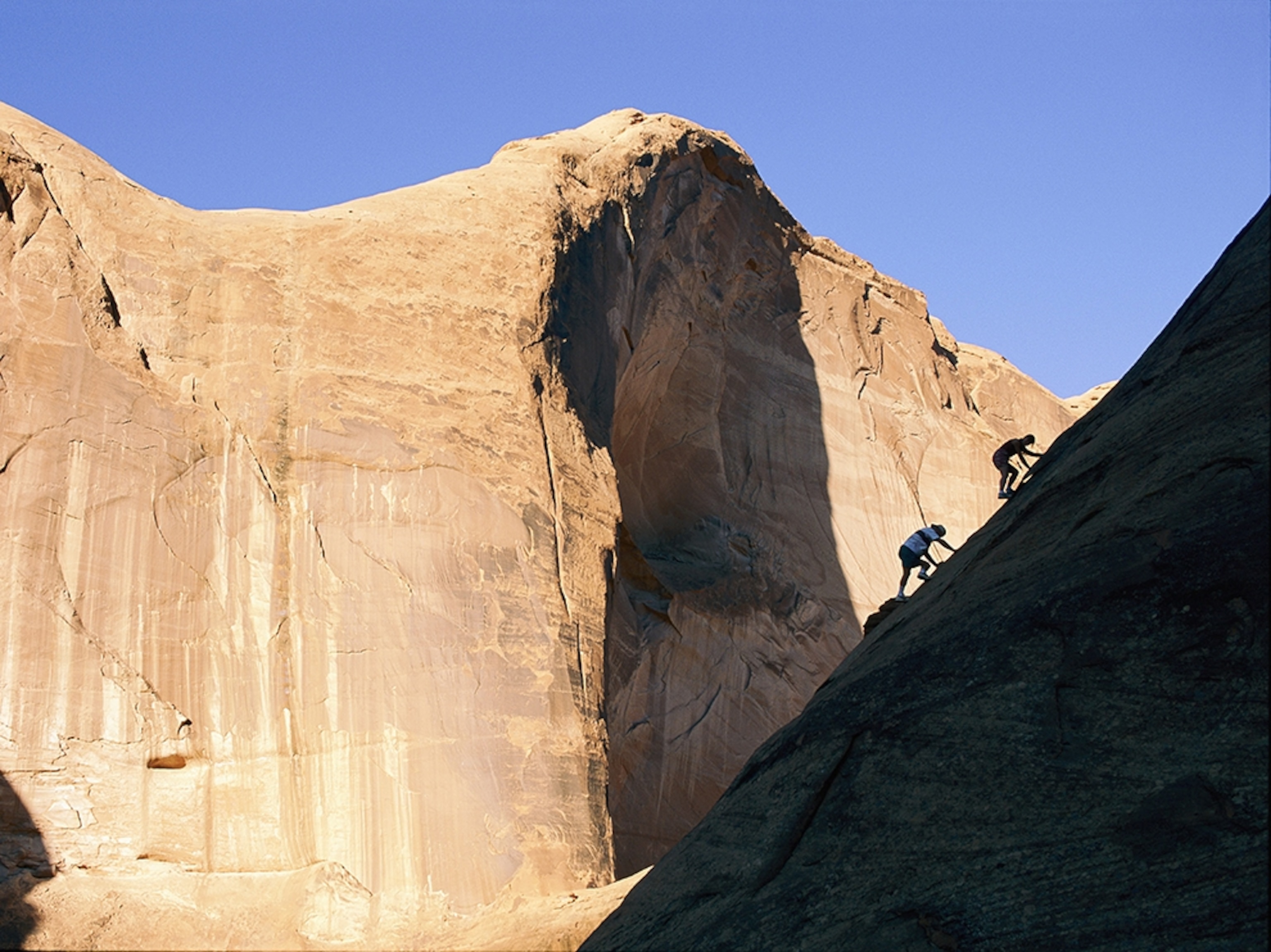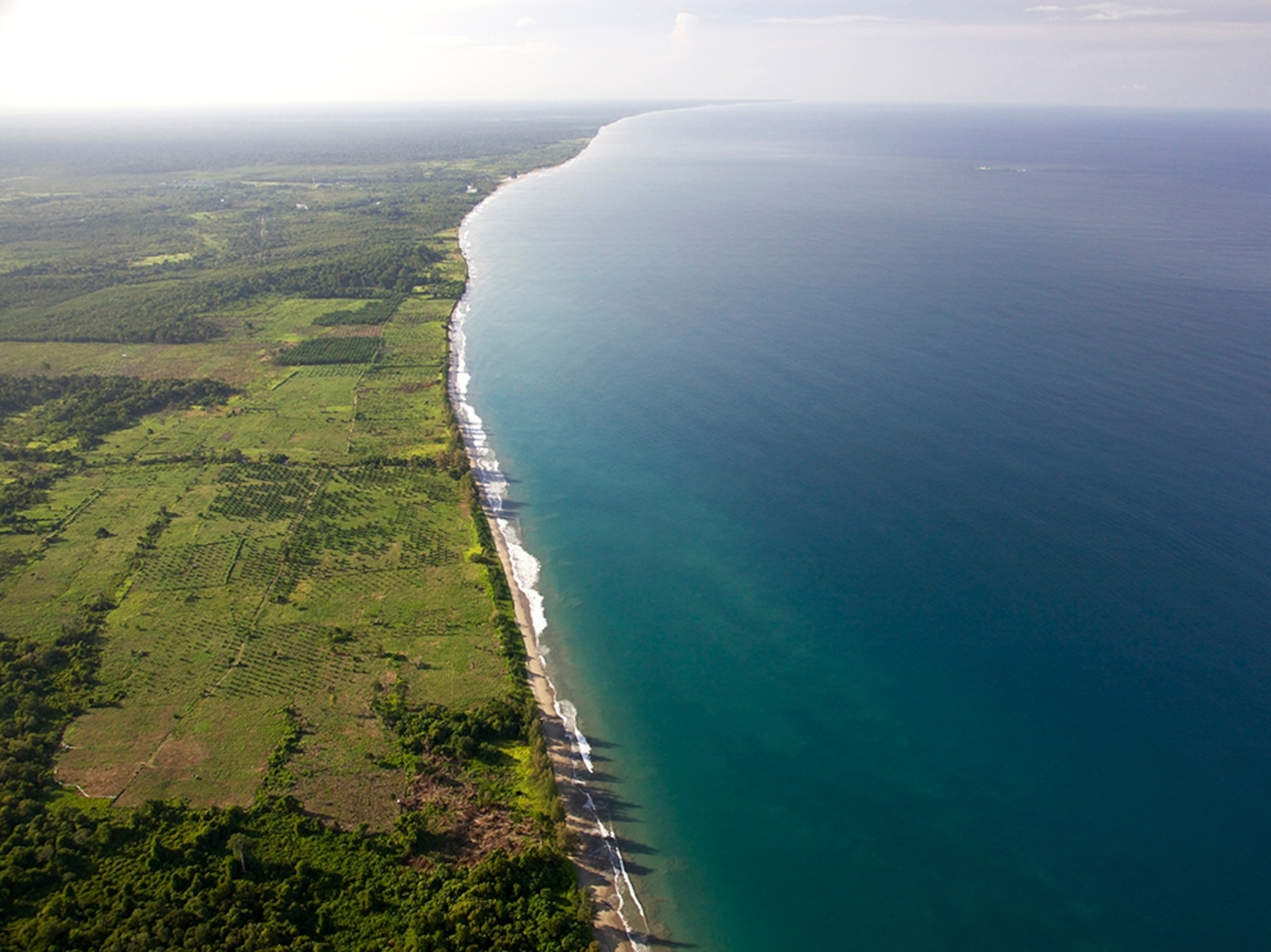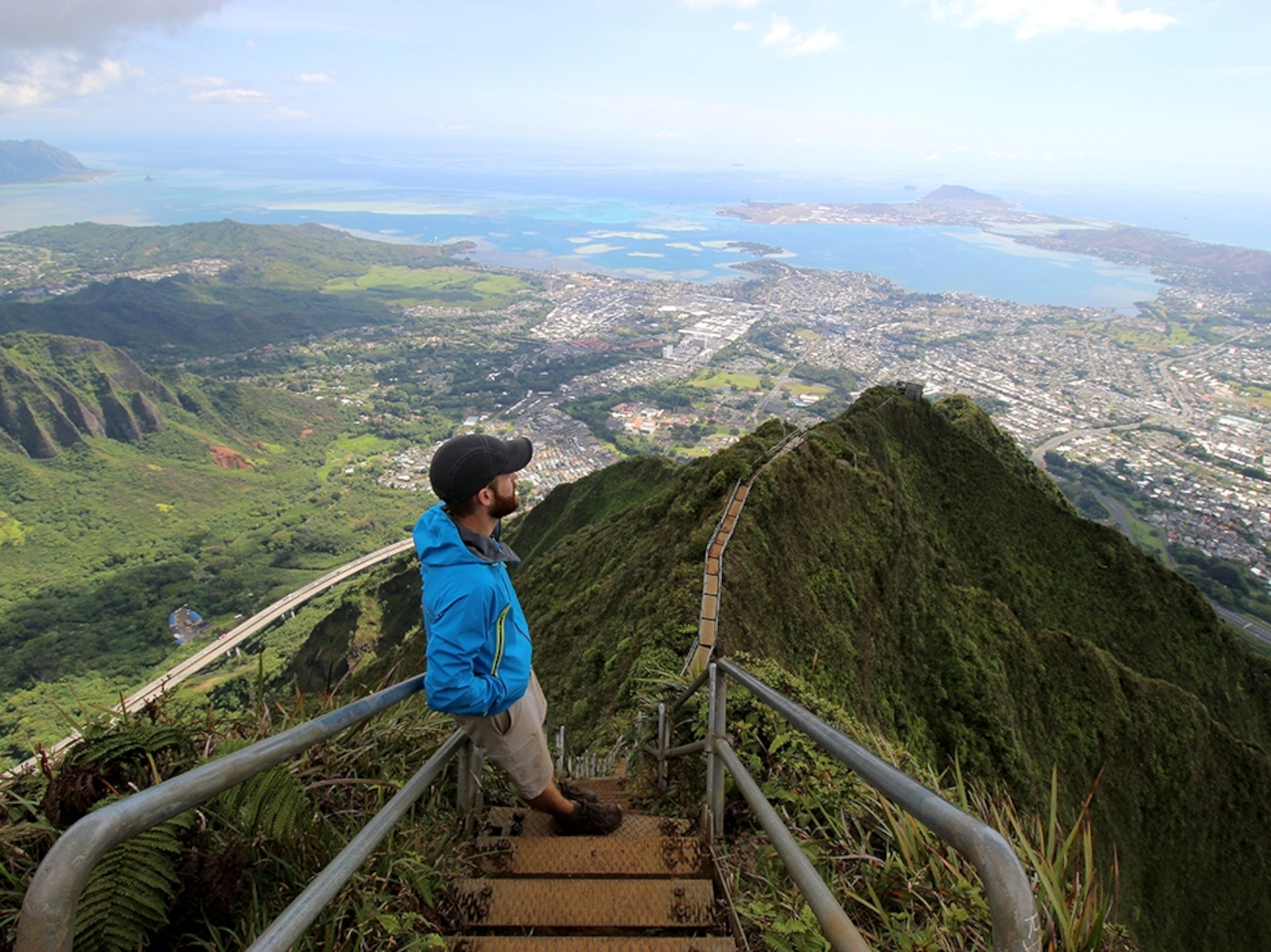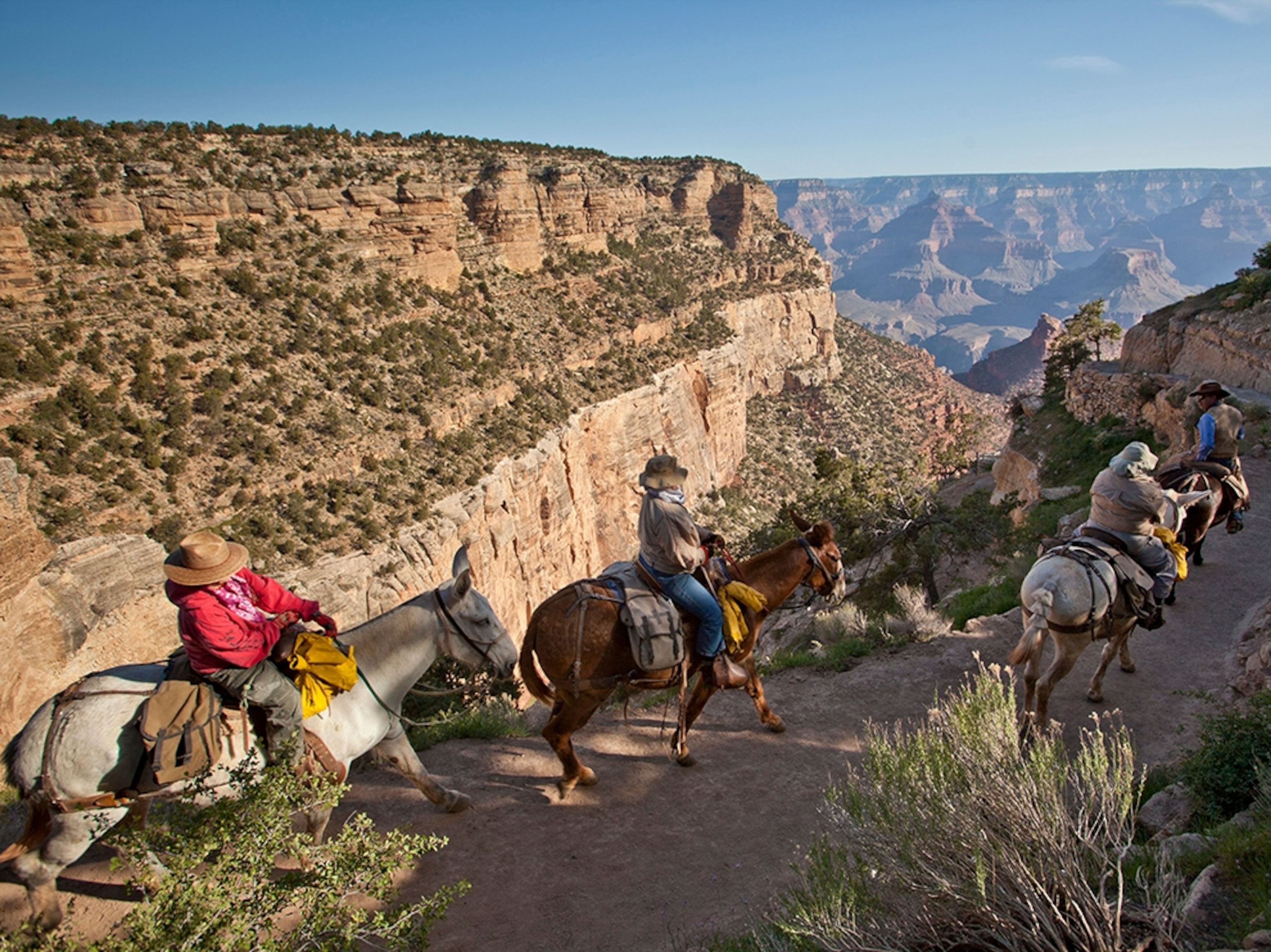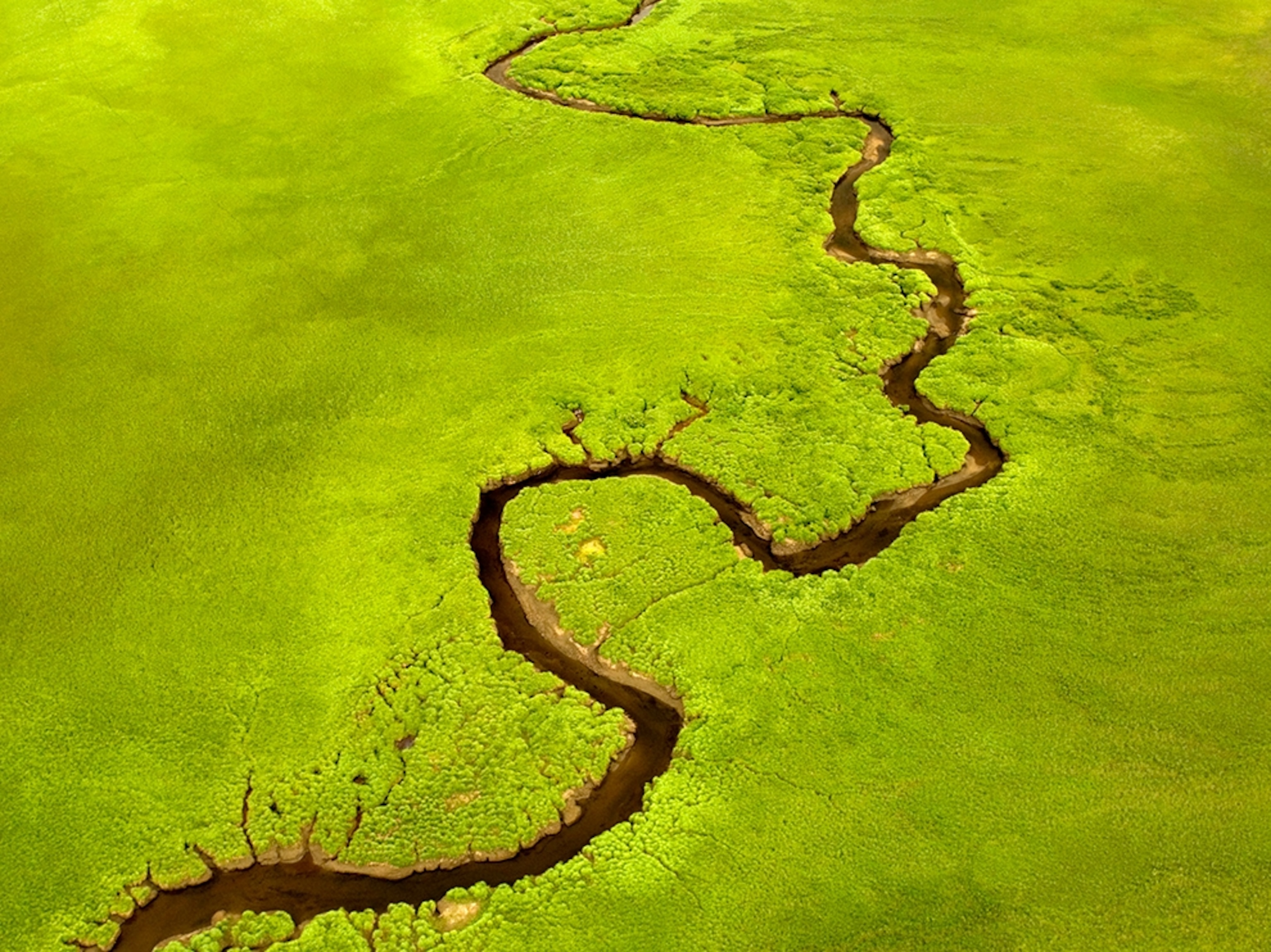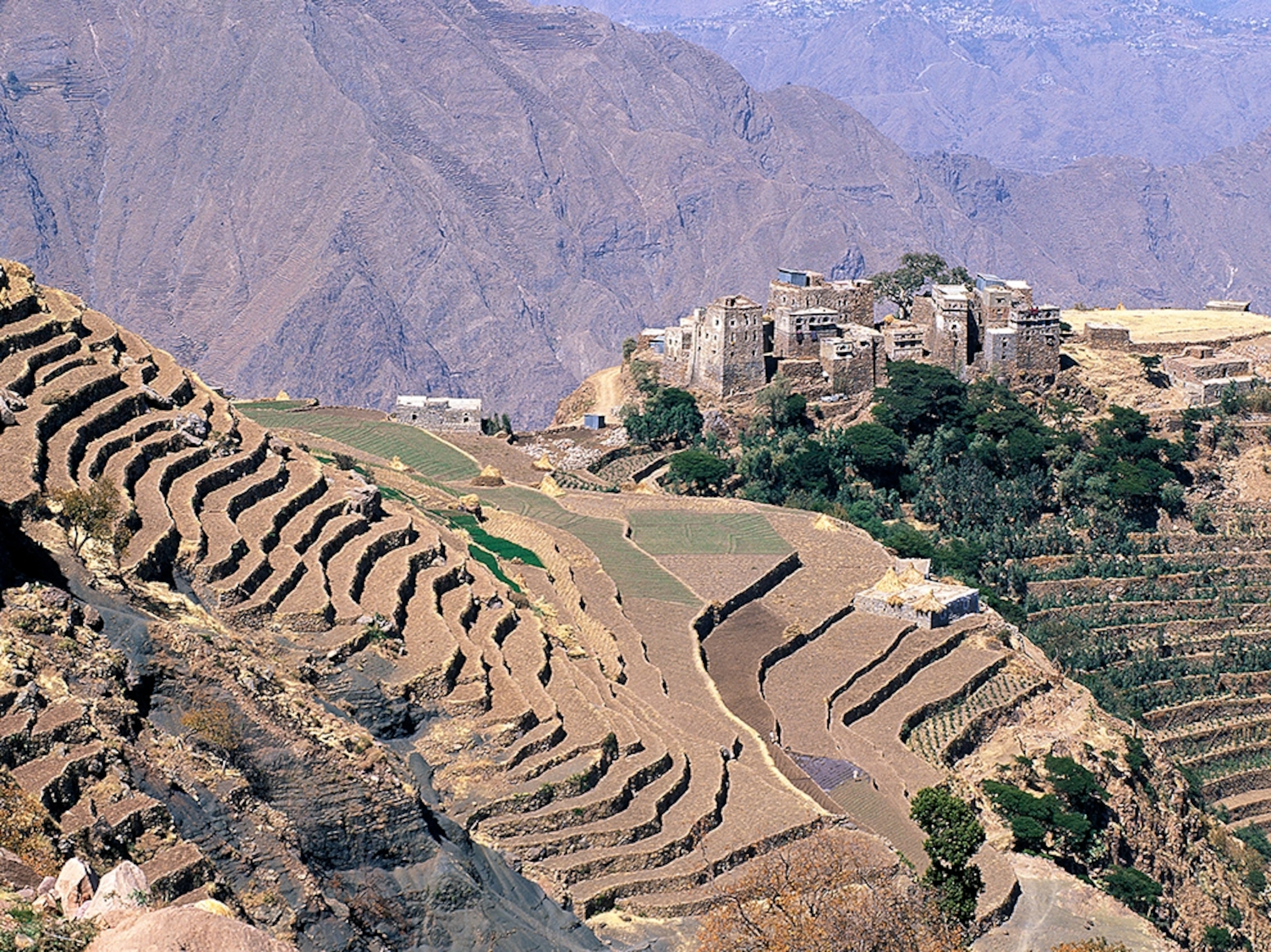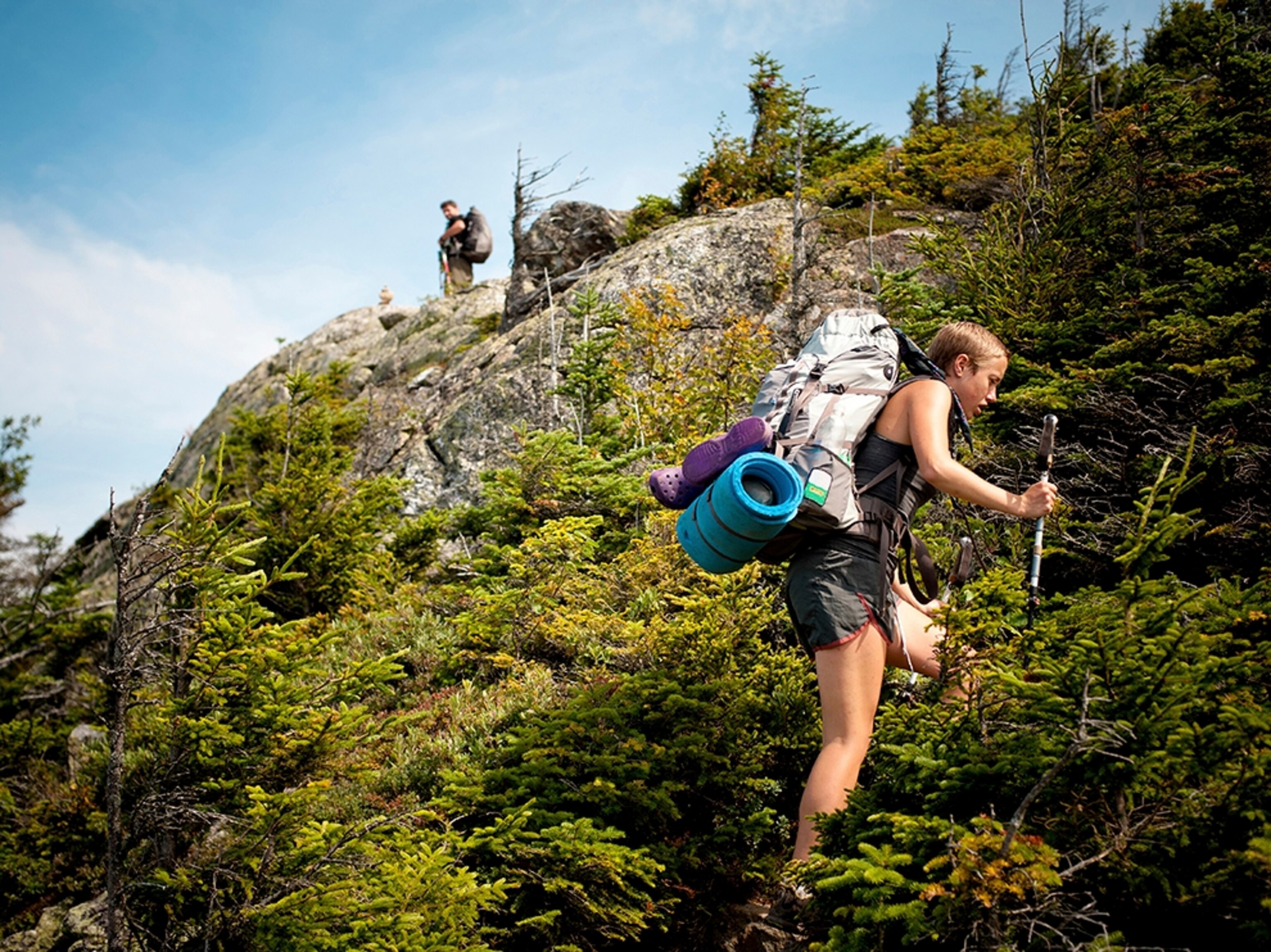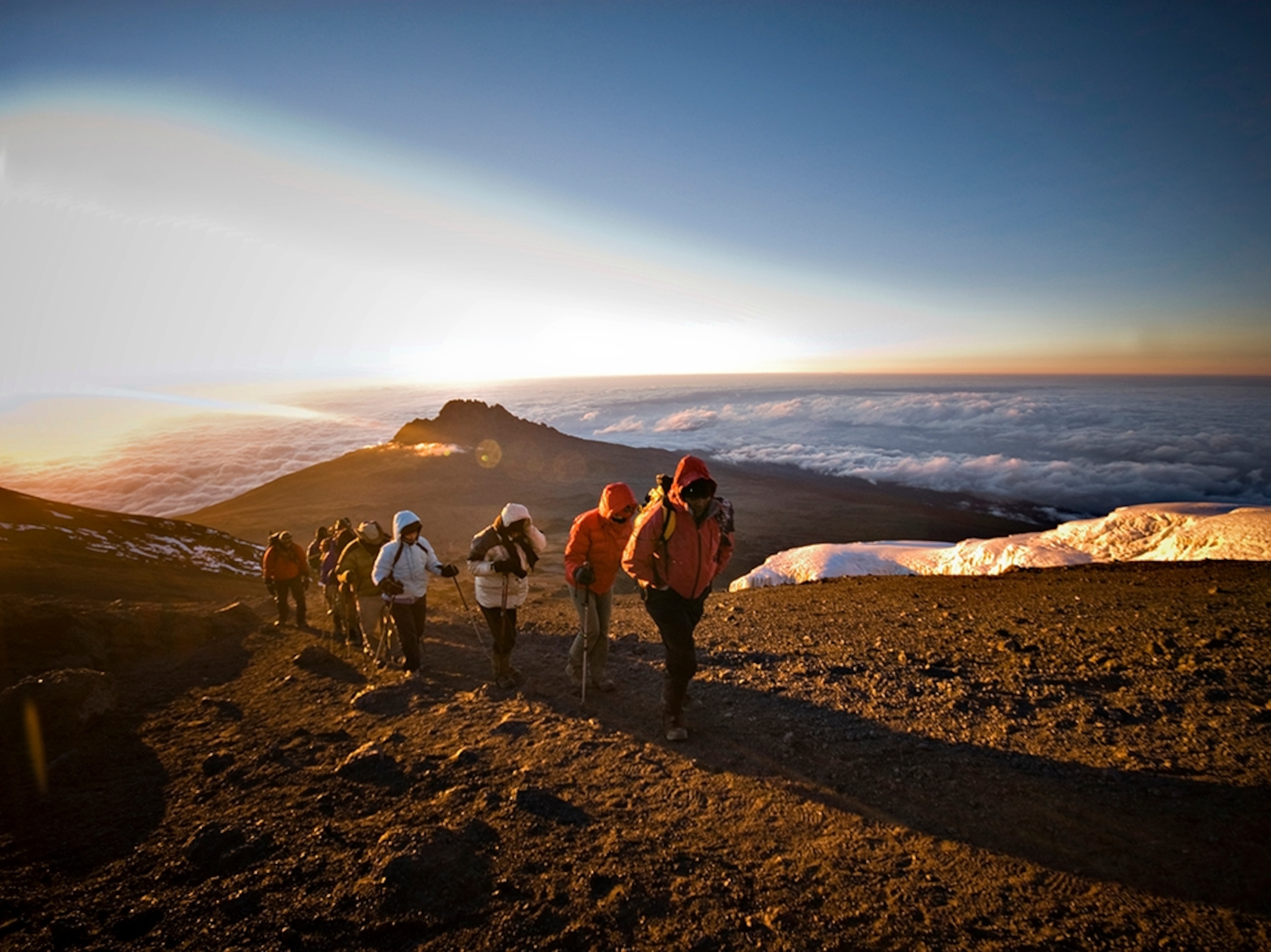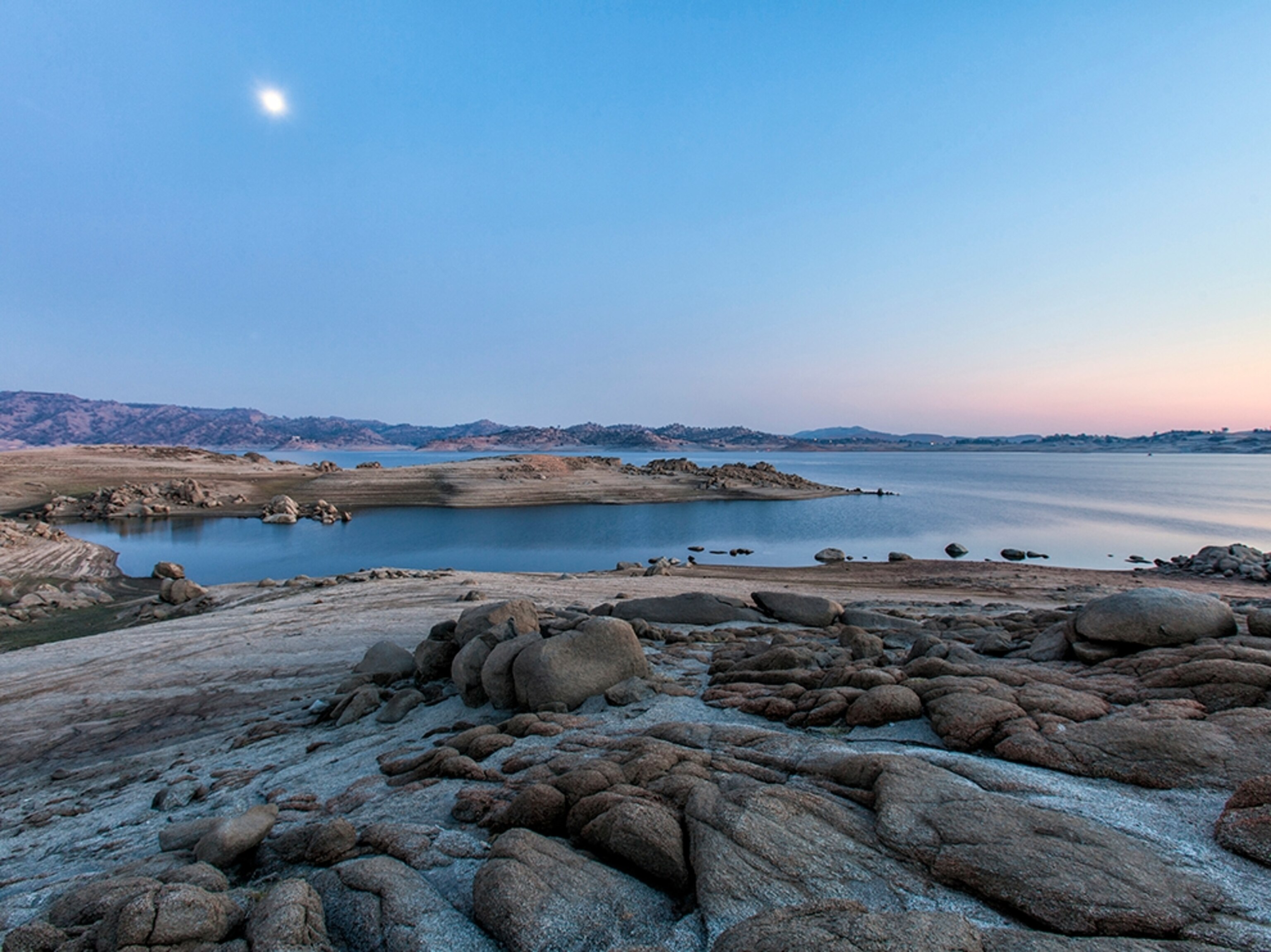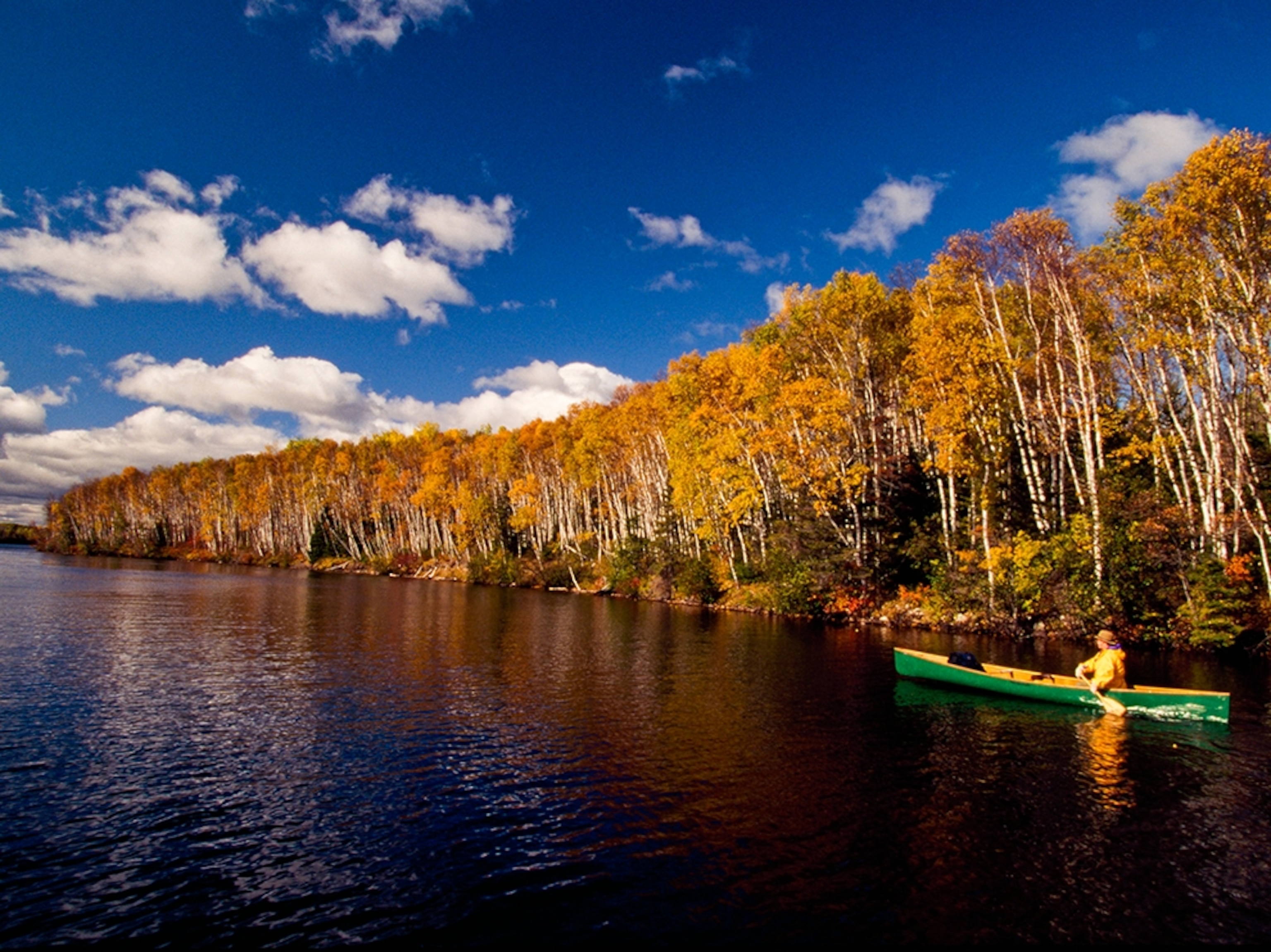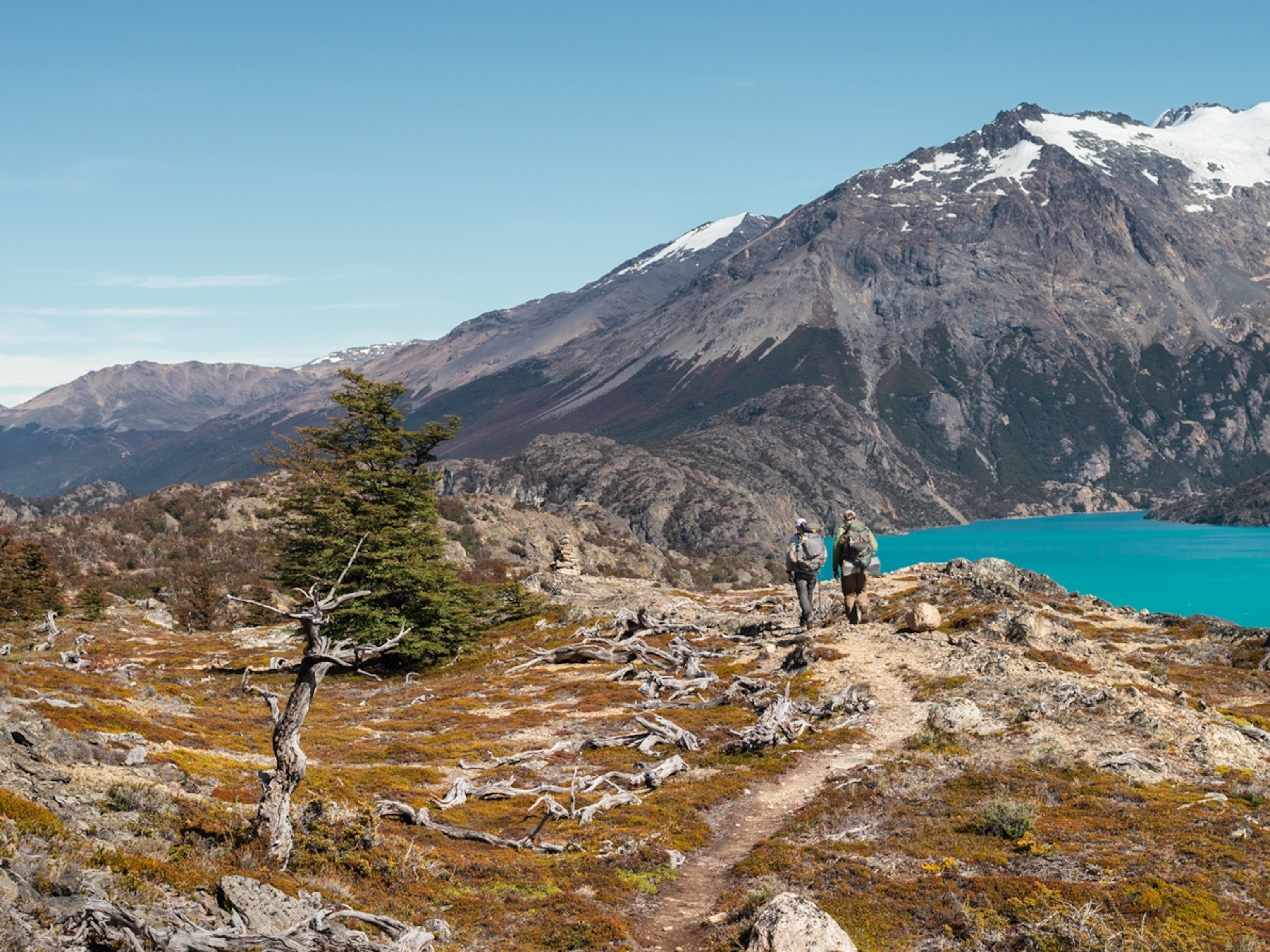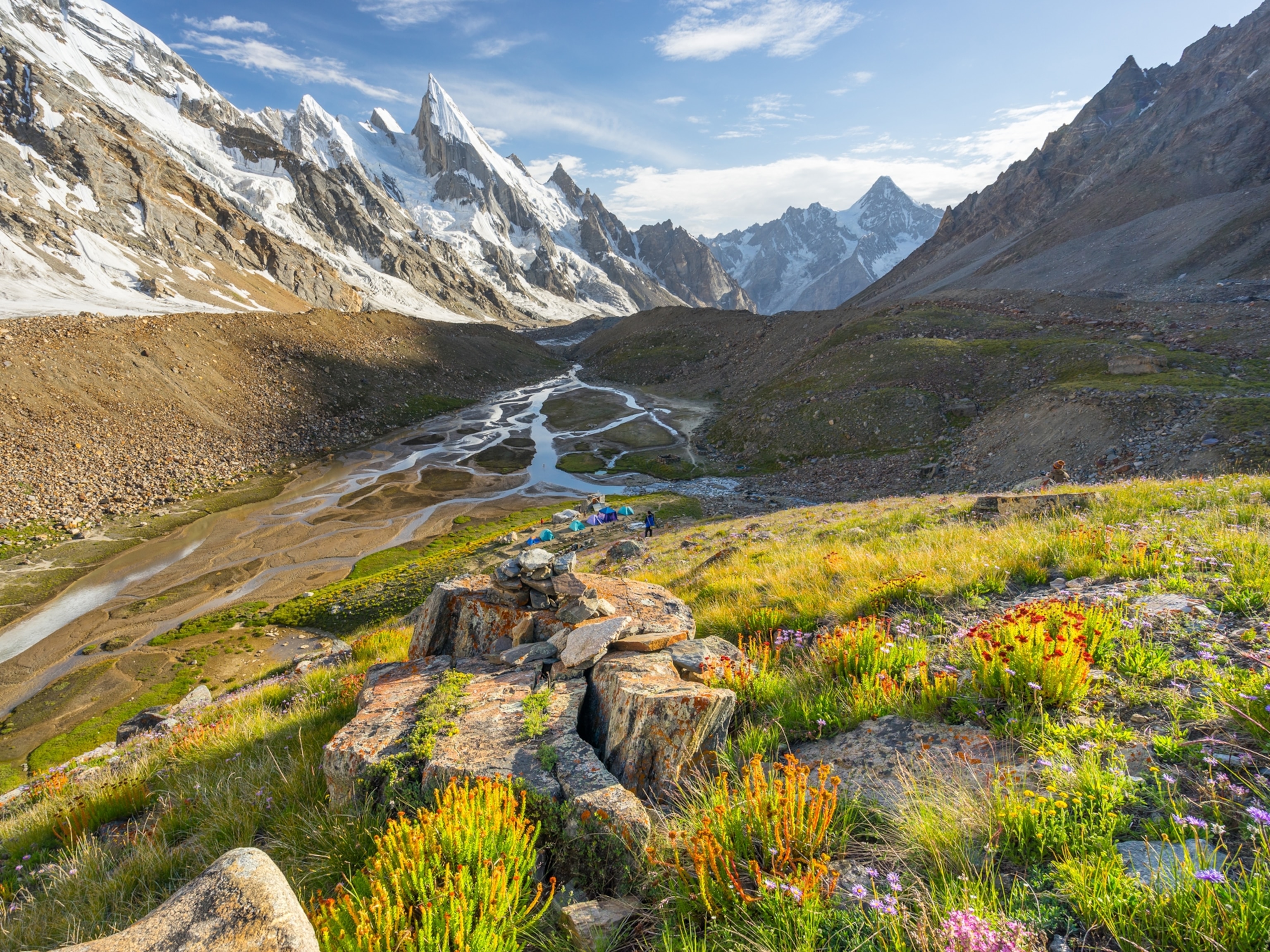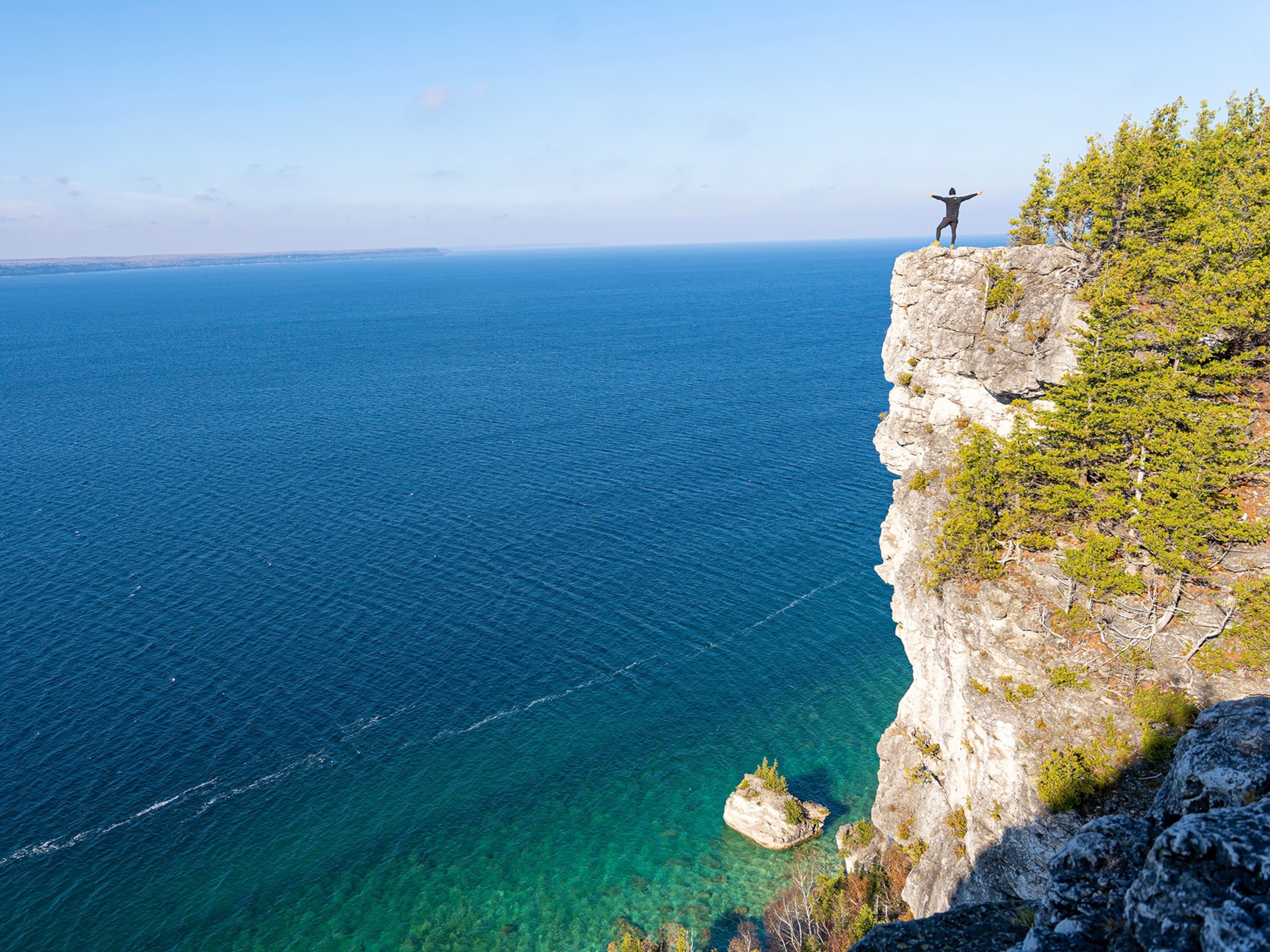Arch Canyon, Utah
What’s at Stake: Native American sacred sites, archaeological treasures
Threats: ATV use, looting, state public lands transfer
Cutting deep into Utah’s iconic red rock on the mile-high reaches of Cedar Mesa, Arch Canyon looks as wondrous as a national park. The deep sandstone canyon running out from the high reaches of the Abajo Mountains and along the 120-mile-long monocline of Comb Ridge lives up to its name. Stunning natural arches grace the soaring sandstone cliffs—including the unique formation of Angel Arch, with its lone, delicate tower of sandstone. Like the rest of the surrounding Colorado Plateau, the place was formed when geological uplifts brought ancient sedimentary rocks to the surface, and eons of water and wind have worked to sculpt them since.
But that natural beauty is only part of the story of Arch Canyon’s significance: The canyon is also full of ruins from the ancestral Puebloans who lived and farmed here, thriving until they suddenly moved out around A.D. 1300. Many contemporary Pueblo people in the American Southwest trace their roots to these inhabitants and come here for ceremonies. While many of the ruins in Arch Canyon are still marvelously intact, the 9.5-mile trail up the canyon allows motorized use for seven miles, making it easy for looters and well-meaning hikers to damage the ancient walls and carry off artifacts. Motorized vehicles are also changing the canyon’s streambed. The trail crosses it 120 times as it winds up to the upper reaches of the canyon.
Prognosis: The fate of Arch Canyon, and the entire region, which is rich in archaeological sites, is blowing in the political winds. Native American tribes and local and national conservation groups are pushing for it to be protected as part of a 1.9-million-acre Bear’s Ears National Monument, which would prioritize the protection of cultural and natural resources. Local conservative politicians in Utah, however, are demanding that areas like Arch Canyon be open to more motorized use, and Utah’s legislature has already passed a bill demanding federal land here be given to the state, which would loosen management restrictions. Who will win? The Obama Administration has ramped up efforts to create more national monuments before the president leaves office but has yet to create a truly controversial monument. The backing of the tribes may push the drive for the monument, but a strong shift in conservative leadership could also empower the state-control movement.
Photograph by Bill Hatcher, National Geographic
